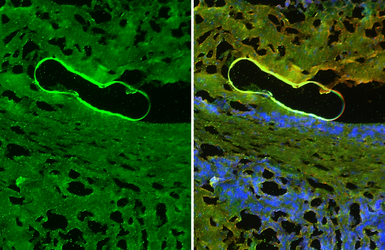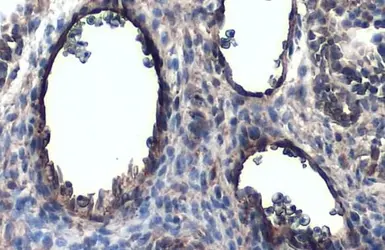CD31 antibody
Cat. No. GTX130274
Cat. No. GTX130274
-
HostRabbit
-
ClonalityPolyclonal
-
IsotypeIgG
-
ApplicationsWB IHC-P IHC-Fr
-
ReactivityHuman, Mouse






